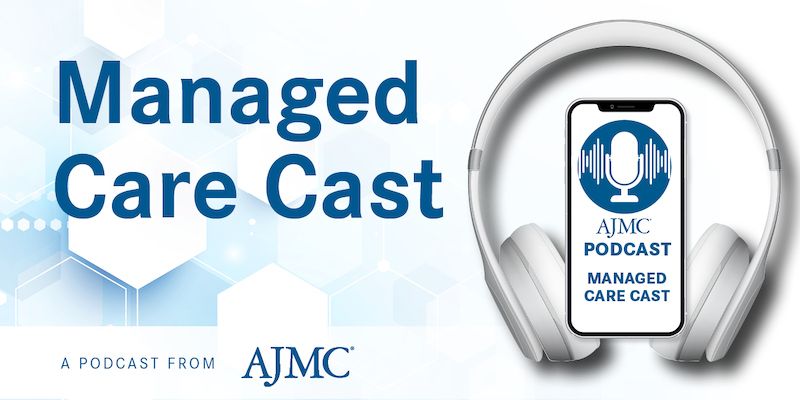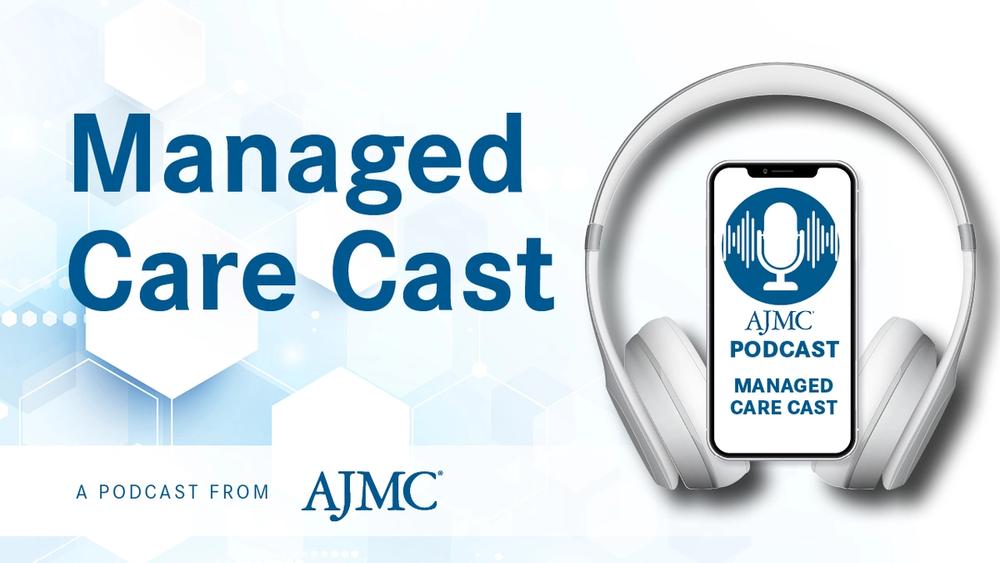Commentary
Video
Lung Trauma’s Role in Quality of Life and System Efficiency
Long COVID is the chronic manifestation of lasting symptoms of SARS-CoV-2 infection that can last for at least 3 months, with shortness of breath and system inefficiency often remaining central issues for many patients.
On March 11, 2020, the World Health Organization officially declared the COVID pandemic, following reports of more than 118,000 cases in 114 countries and a 3.6% mortality rate.1 In the 5 years since, much has been investigated, analyzed, and learned about how the SARS-CoV-2 virus inflicts damage on the human body and its intertwined systems—in particular, the cardiovascular, or circulatory, and respiratory systems—and the impact of Long COVID.
Long COVID is the chronic manifestation of symptoms of SARS-CoV-2 infection that can last for at least 3 months—and these symptoms can simply persist or either improve or worsen.2 One of the symptoms that remains a central issue for many patients with Long COVID is shortness of breath, which is often triggered by high levels of activity but can be influenced by many factors, including muscle efficiency, anxiety, and cardiovascular function.
In this interview, Noah Greenspan, DPT, PT, CCS, EMT-B, cardiopulmonary physical therapist and director of Pulmonary Wellness and Rehabilitation Center in New York City, discusses how pulmonary and cardiovascular insufficiency manifest in patients who have sustained lung damage—from a bout with COVID or otherwise—and the impact this can have on their daily and overall quality of life.
“When people start to get short of breath—and it doesn't matter what your symptom is; it could be shortness of breath, it could be chest pain, it could be back pain or hip pain or knee pain—when people start to become uncomfortable doing an activity, they find ways to avoid that activity,” he explains. “And particularly as it relates to shortness of breath, when people stop those activities, their body deconditions and they work less efficiently. All the muscles that you use to walk up the stairs, all the systems that you use to walk up the stairs or walk up a hill, become less efficient.”
References
1. AJMC staff. A timeline of COVID-19 developments in 2020. AJMC®. January 1, 2021. Accessed February 25, 2025. https://www.ajmc.com/view/a-timeline-of-covid19-developments-in-2020
2. Long COVID basics. CDC. February 3, 2025. Accessed February 25, 2025. https://www.cdc.gov/covid/long-term-effects/index.html
Newsletter
Stay ahead of policy, cost, and value—subscribe to AJMC for expert insights at the intersection of clinical care and health economics.




